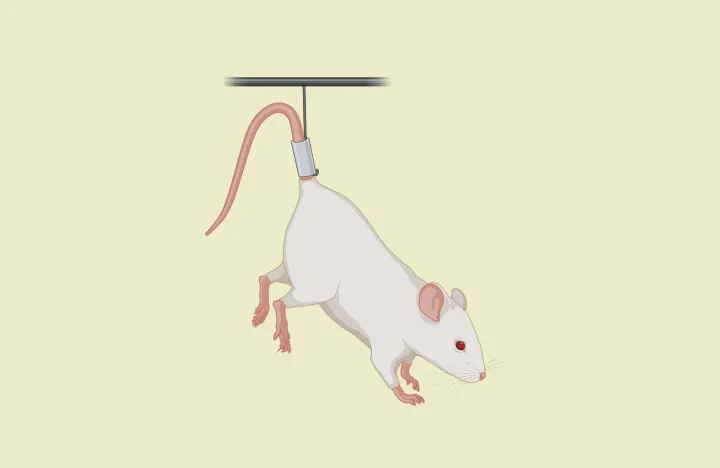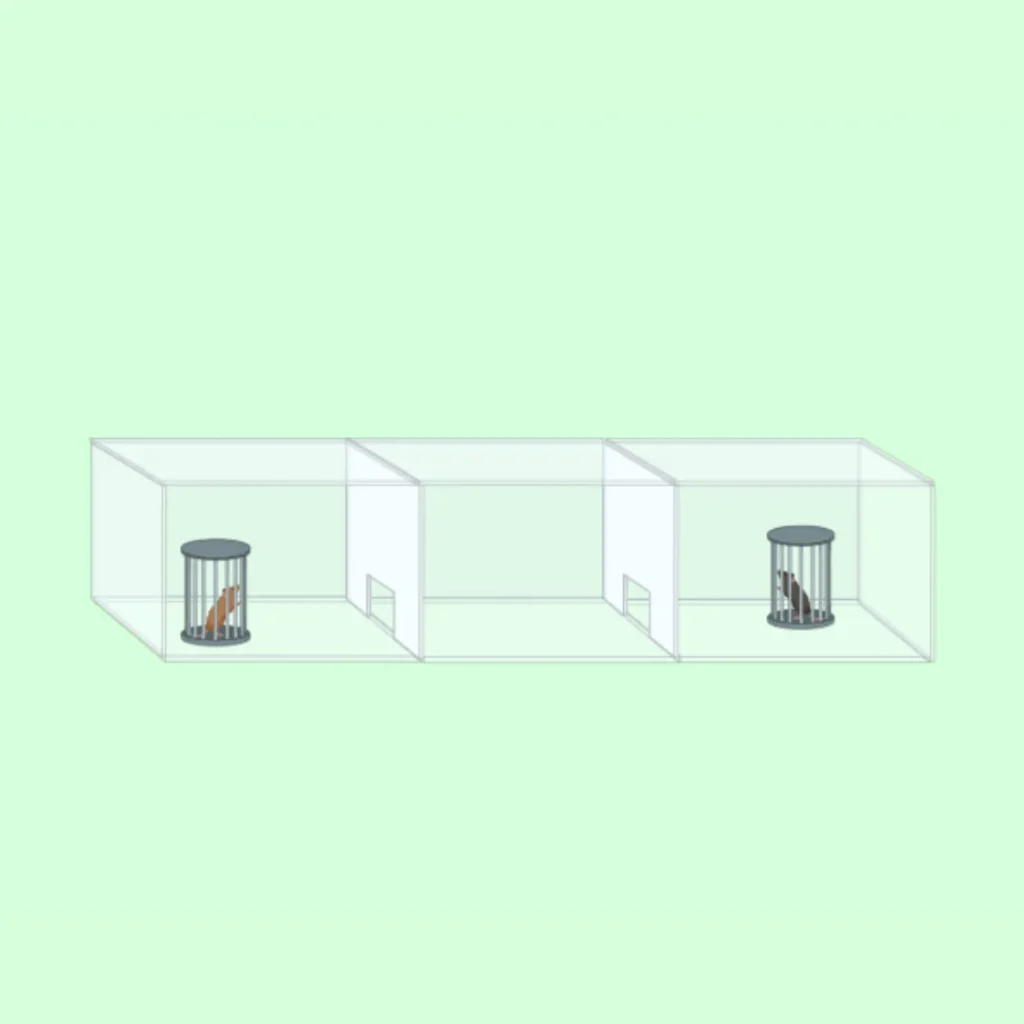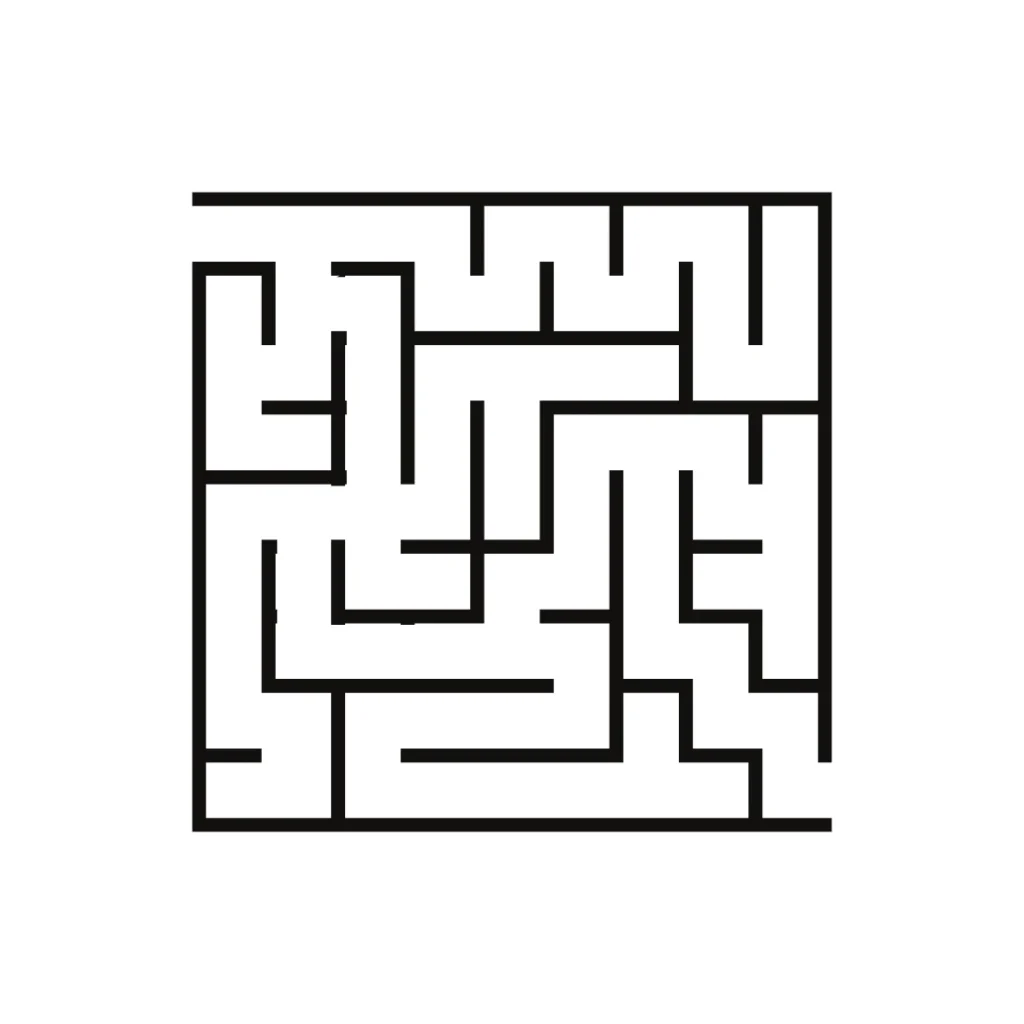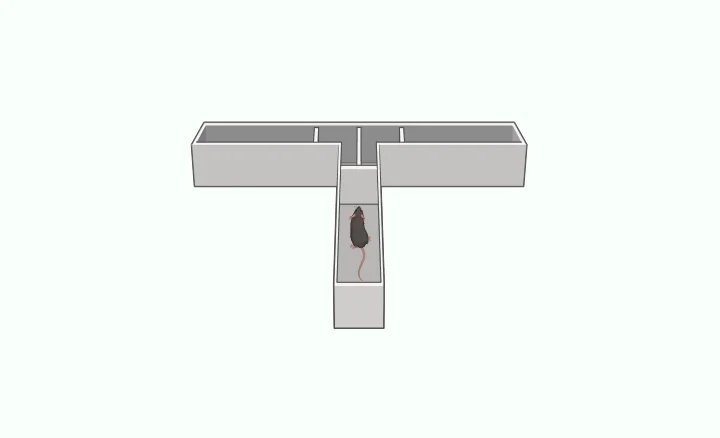Maze Bazics: Spontaneous Alternation in Y Mazes and T Mazes

Learn More about our Services and how can we help you with your research! Click here What is? T Maze & Y Maze Experimental Setup Conclusion References What is The Spontaneous Alternation? Spontaneous alternation behavior is a widely studied phenomenon in the field of behavioral neuroscience, particularly in the context of Y mazes and T […]
Maze Bazics: Tail Suspension Test

Learn More about our Services and how can we help you with your research! Click here Introduction What is? Data Applications Considerations & Limitations References Understanding the Tail Suspension Test in Behavioral Research Behavioral research in rodents is important for uncovering mechanisms of psychiatric and neurological disorders, leading to the development of therapeutic interventions. Among […]
Maze Bazics: Sociability Chamber

Learn More about our Services and how can we help you with your research! Click here Introduction What is? How does it work? Behavorial Research Applications Conclusion References Introduction Welcome to the world of animal behavior research, where understanding how animals interact socially is crucial. One important tool in this field is the Mice Sociability […]
Maze Bazics: Sucrose Preference Test

Learn More about our Services and how can we help you with your research! Click here Introduction Methodology Differences Applications Conclusion References Introduction The sucrose preference test (SPT) is a widely used behavioral assay in neuroscience and psychology research, particularly for assessing anhedonia in rodent models. Anhedonia, the reduced ability to experience pleasure, is a […]
Maze Bazics: Understanding the Lashley III Maze Test

Learn More about our Services and how can we help you with your research! Click here Introduction How to use? Uses Disease and Disorder Neuroanatomy References Introduction Karl Lashley, a prominent neuropsychologist of the early 20th century, embarked on a quest to identify a specific brain region responsible for storing learned information, known as the […]
Maze Bazics: What is the Learned Helplessness Paradigm?

Introduction Learned Helplessness paradigm Data Alternative Conclusion References Learned Helplessness and Depression Learned helplessness is a psychological phenomenon that occurs when an individual is repeatedly subjected to an aversive stimulus that they cannot escape or avoid. Over time, the individual learns to believe that they have no control over their situation, even when opportunities to […]
From Dual Degrees to Neurosurgical Leadership: An Interview With Dr. Julie G. Pilitsis

Want to be part of our Stories? Click here Dr. Julie G. Pilitsis, MD, PhD, MBA, currently serves as the Chair of the Department ofNeurosurgery at the University of Arizona Tucson and is the Physician Executive for FunctionalNeurosurgery for Banner Health System. With a robust academic and professional background,Dr. Pilitsis has previously held prominent roles, […]
Maze Bazics: The Balance Beam Test

Introduction How to use? Step by Step Data Collection Applications Conclusion References Introduction In gymnastics, the balance beam is an elevated apparatus that athletes carefully walk along to demonstrate their balance and coordination. Similarly, the balance beam test is used to assess these abilities in rodents. The balance beam test is a widely used method […]
Maze Bazics: T Maze Test

Introduction Unveiling Spatial Memory Unraveling Spatial Learning Insight Beyond References Introduction The T maze is a sophisticated apparatus used by scientists to investigate the cognitive functions of rodents. Its simple T-shaped design offers a powerful means to explore various aspects of animal behavior, particularly in the context of neurological research. This article by ConductScience will […]
